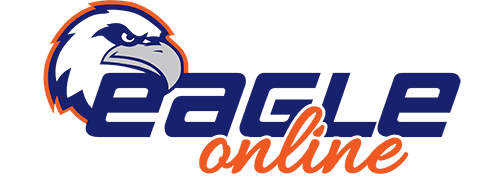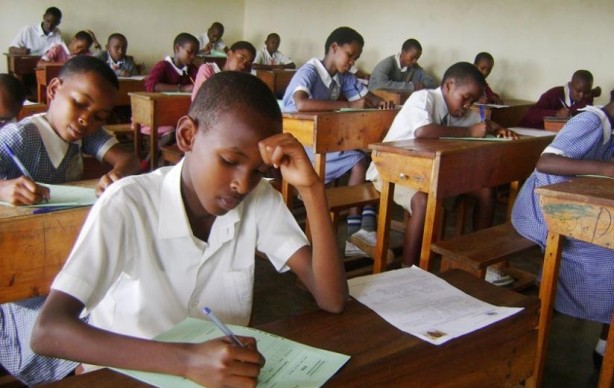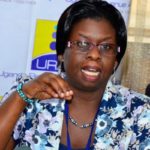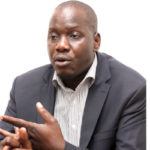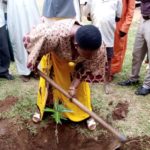Hundreds of thousands of children have today commenced the Primary Leaving Examinations [PLE], sitting for four subjects, namely: English Mathematics, Social Studies and Science.
The best possible mark pupils can achieve is a total of four aggregates– a distinction – in each subject, while the worst is a total of 36 aggregates, nine points for each subject. This means the pupil has failed. Those who score between four and 12 aggregates are categorized in Division 1 (First Grade); those with scores between 13 and 23 are categorized in Division II (Second Grade); those with between 24 to 29 are categorized in Division III ( Third Grade), while those with 30 to 34 are categorized in Grade IV.
However, despite the excitement, most of them are faced with challenges, most notable dropping out of school. Indeed, many pupils drop out of school mid way and may return in future, so it is not unusual to find teenagers sitting for primary exams.
Primary school tuition has been free in government schools in Uganda since 1997 but families must provide uniforms and all supplies from whatever financial resources they have. But pupils, especially those in rural areas, face serious challenges to finishing their education – for example – they lack shoes, scholastic materials (like books and pens), they often have to study all day on an empty stomach since no meals are provided at school, and schools often have poor teaching materials or an inadequate supply of qualified teachers. Besides government schools, there are many expensive day and boarding private schools at all levels, where wealthier or more ambitious parents send their children.
The EagleOnline visited two schools in Kampala to see how the exams were being carried out.
At St Mbaga Tuzinde Primary School, which is one of the schools supervised by Kampala Capital City Authority (KCCA), Winfrey Byansi, the headmistress had this to say.
“Our school is Catholic-funded and most of our teachers are being paid by the Ministry of Education and only two members of staff are on a private payroll”, she said.
According to Ms Byansi, the school gets assistance from the KCCA through workshops for staff, school rehabilitation and sanitation facilitation.
She says the church provides the school with spiritual support every week and also financial aid in case they approach them in time.
“We still have a challenge of pupils not paying on time and even among the 79 candidates we have some of them have not cleared their school fees of shs 55000 yet our colleagues in the neigbourhood who pay much more fees charge are faring well,” she says.
According to Ms Byansi, most of their candidates pass with second grade but they all make it to secondary school.
At a popular private school known as Kiwatule Parents’ Preparatory School, 60 candidates are sitting for this year’s PLE exams.
Mrs Magaret Sempa Kizito, the Director of the school, says all the candidates have cleared the school fees of 353,500 for day scholars and 652,500 for the boarding scholars, respectively.
She blames the failure of some parents to pay for the pupils fees on individual behavior, adding that UPE schools do not even pay exam registration fees.
“This makes it easier to look for that lesser cost in the government aided schools,” she says.
Meanwhile, some of the students contacted after the first exams all said they had a fair start and await the remaining papers.
The supervisors in the two schools also said the examination period was calm, but that some exams were delivered a bit late.
The other problem cited was inadequate invigilators, something attributed to little pay, ‘just 30,000’ for the two days.
“This has prevented some of them from applying for the exercise yet those who applied and got allocations failed to turn up as expected in the different centers,” one of the supervisors, said, adding that some of them were forced to contact their colleagues to come and assist in supervision.
In its most recent report (2011) ‘Ugandan Education Statistical Abstract’ (1) “the Uganda Ministry of Education and Sports states that in primary schools, inadequate sitting and writing space is an ongoing issue. This tends to be seen more in P1 and P2 (51.2% and 60% respectively) as those grades have the highest enrollment with a steady decline to P7. This same report notes that 96% of all primary schools had access to a safe water source.’



